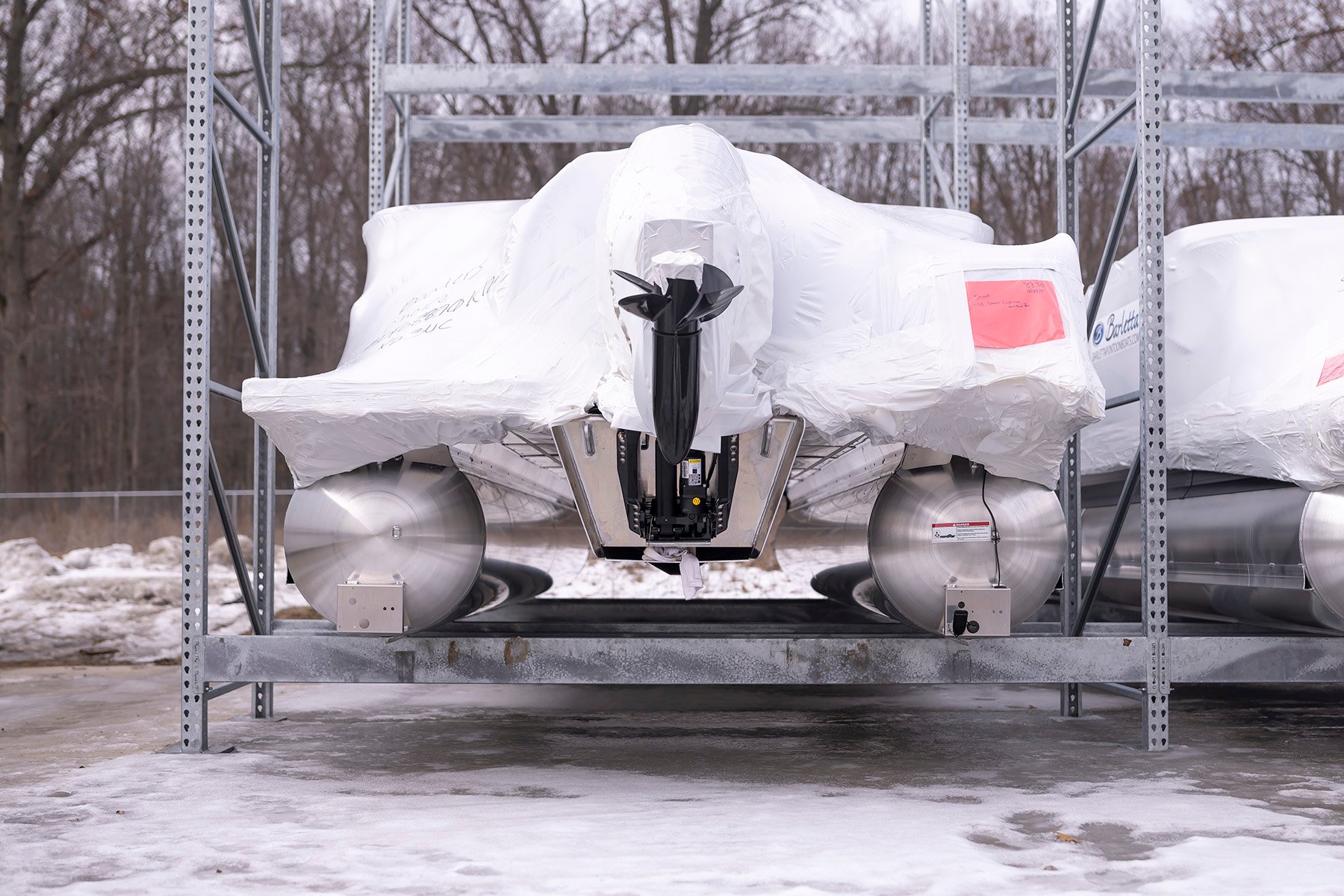Winterizing a Boat: What you Need to Know.
Where do you live? Are you in a state that gets chilly in the winter? Do temps dip down below zero mid-January leaving you dreaming of the boating season? Is your hometown known for the hot sun and warm temps?
If you’ve answered yes to any of these questions, chances are, you will need to winterize your boat at some point throughout its lifetime. That’s right, even those who get to bask in the sun most days out of the year need to be aware of boat winterization.
So, what’s the rule of thumb, at what point is it time to close up shop? Are you prepared for this next step, and more importantly, where to turn? We’re going to dig into all things winterization in hopes that you’re ready for the cold, boatless months ahead.
What is Winterization?
Let’s start here and break down what winterization is. It is the process of preparing your boat for winter storage and in many cases, it’s the opportunity to perform annual maintenance that’s necessary to keep your pontoon running well throughout the boating season.
Before the boat goes into storage, it’s critical to prepare the engine, as well as the boat for harsh weather ahead. There are a handful of steps that should be taken to complete this process and skipping a step could lead to big problems if not done right.
Why is Winterization Important?
The process of winterizing the entire pontoon boat is important because if not prepared for harsh, freezing temps, issues can arise with multiple systems in your boat. For instance, the engine is one of the main components that should be handled with care.
If you don’t get all of the water out of the engine, you could face a cracked block once the water freezes and this will ruin an engine in no time flat. There are other components in the engine that should be addressed at this time as well.
This is an opportune time to have an oil change performed and any other items addressed so that your boat is water-ready once the warm weather comes back around. Winterizing the interior is also important.
Making sure all the trash is removed from those long days on the sandbar can be critical in keeping pests out of the boat. As a lifelong boater myself, I've seen plenty of raccoons make a comfy home by digging their way into the furniture on board.
It’s also important to protect the boat depending on where it will be stored. If it’s outside, you will need more than just the mooring cover to handle snow and ice. What if you’re not up against snow and ice but more of a cold rain type of situation? You should still prepare the boat for the off-season, no matter where you live.
When to Winterize your Boat
If you live in a cold climate, winterizing your pontoon boat is nearly non-negotiable. Freezing temps and harsh weather will wreak havoc on a boat that’s not properly prepared for the elements.
This is especially true if your winter temps dip into the 30’s or lower. Anything under 40 degrees Fahrenheit can be detrimental to the water systems in your engine as it’s vulnerable to potential freezing temps. The same is true for your toons in some cases.
Leaving a pontoon boat in a body of water that will freeze over, has the potential to damage the aluminum toons. The pressure from freezing water and shifting ice can crush the metal tubes if it becomes strong enough.
Even those who live closer to the equator should consider winterizing their boat if there’s even a chance for snow and ice. For instance, when Texas unexpectedly saw freezing weather last winter, there were lots of engines damaged due to not being winterized.
The Steps of Winterization
There are a few different ways you can go about winterizing your pontoon boat. First, let’s talk about who should be winterizing your boat. As a lifelong boater and pontoon owner, I always have my dealer winterize the engine.
Their service team knows best when it comes to preparing the motor for winter and it’s not something I’m willing to jeopardize by handling it myself. I highly recommend letting the professionals take care of this step.
There are a few things that you can easily tackle yourself, however. Once you pull the boat out of the water, it’s a great time to clean up the toons. I like to do this step before the marine growth dries and becomes stuck on.
This is also an opportune time to go through the boat and make sure all trash and damp items such as life jackets or wet leaves, are removed. Wet leaves on the furniture can end up staining the material if left over the winter.
When it comes to left-over trash, even the smallest crumbs left behind will attract unwanted pests who are capable of doing a lot of damage to the interior
Hopefully, you’ve got a storage spot already nailed down, if not, shrink wrap is a great way to secure your boat through the winter months. Most dealerships will offer this service as well. If you’re storing the boat indoors, I do recommend adding a tarp over the mooring cover.
This will help shield your cover in case any birds get into the storage facility. Trust me, I’ve made this mistake and spent my first day of summer scrubbing down the mooring cover to clean off what the birds left behind over the winter.
The Countdown is On
Once the boat is prepared for winter and tucked away in storage, it’s time to start counting the days until boat season. Since you winterized the motor, cleaned the exterior, and cleared out the interior, you will be water-ready once the temps heat up again.
I live in a state that sees warmer weather around early May. Knowing this, I contact my dealership in early April and let them know to put me on the list to drop the boat at their earliest convenience.
This is their busy season, so giving them a head start and being patient while waiting for your boat to emerge is important. Dealers are working overtime to make sure everyone has a boat at their dock at the beginning of the season. That’s why getting ahead of it and contacting them well in advance will ensure that you’re being the best partner you can be to your dealer.
Some boats will require preparation before they’re dropped back into the water for boating season. Talk to your dealer about what that process entails so that you’re aware of the timeline and actions required to get your boat out on the water for another boating season.



